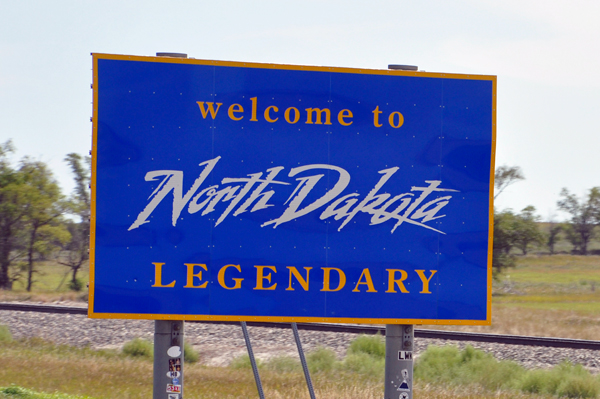
|
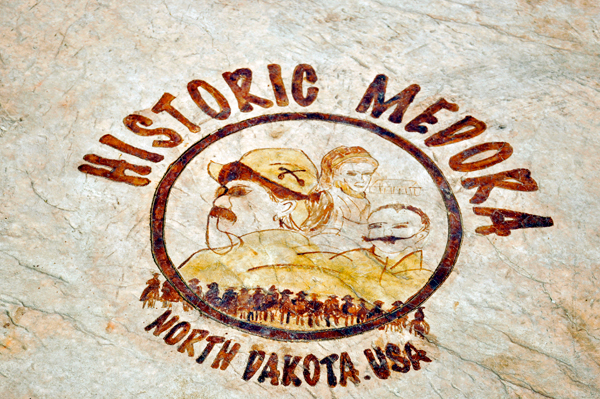
|
Below: The Visitor Center
in Medora |
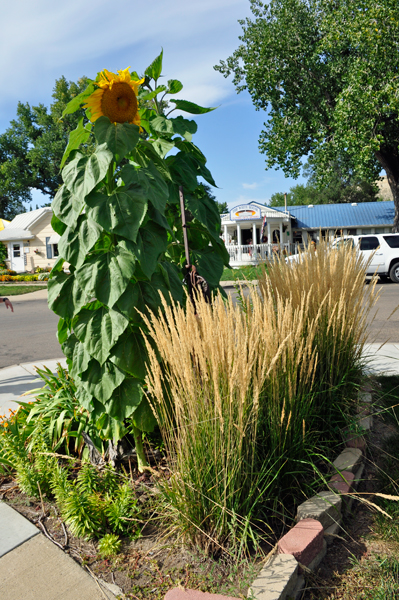
|
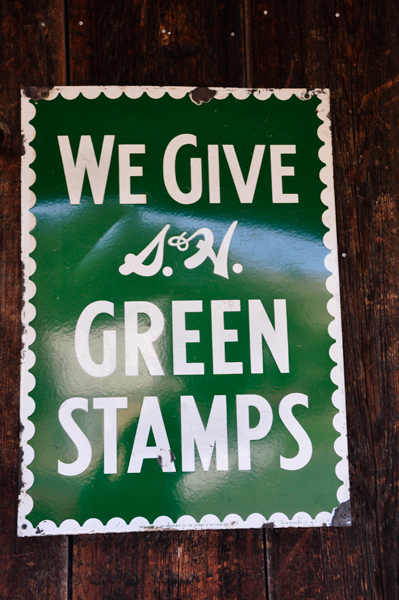
|
Below: Giant round coin
plaques |
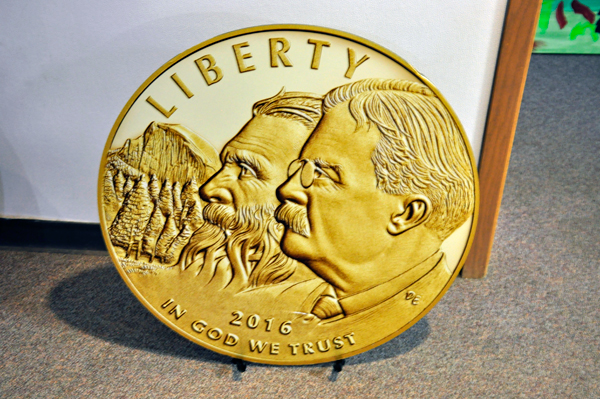
|
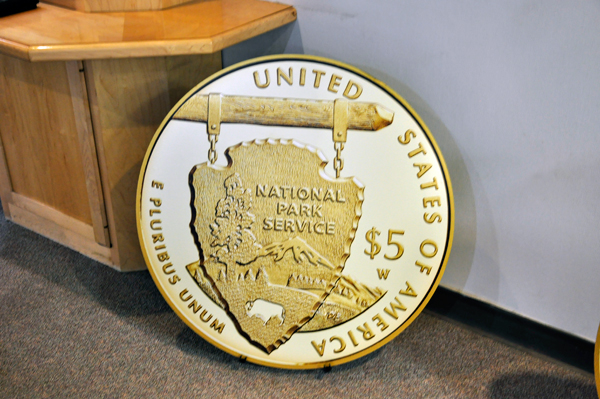
|
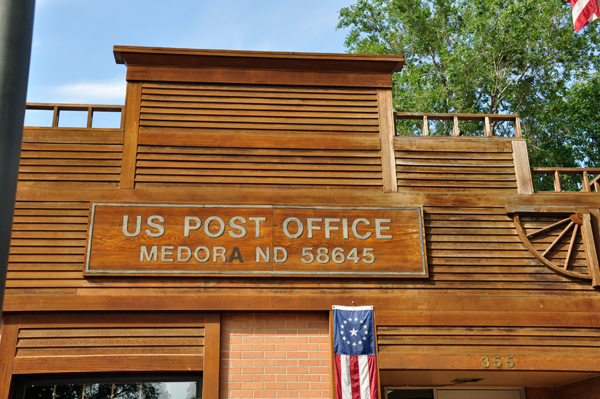
|
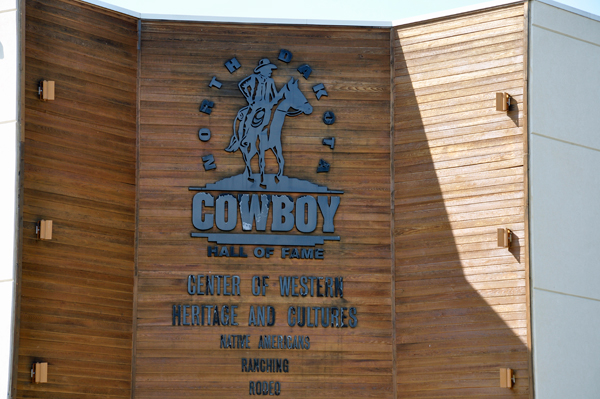
|
Below: Sign and statues on the outside
of the Cowboy Hall of Fame in Medora, ND |
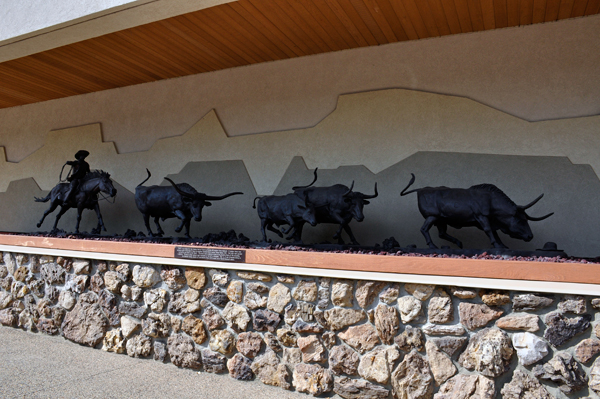
|
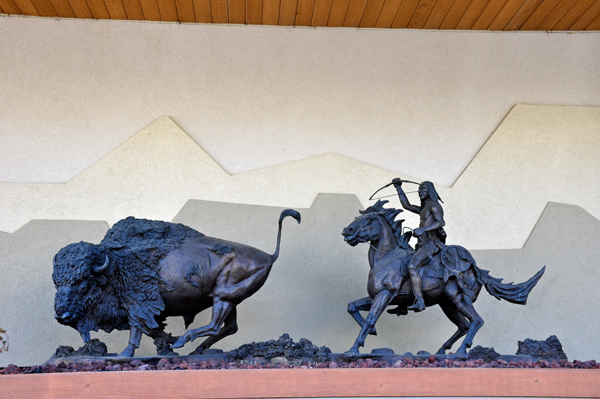
|
Below: Close-up photo of
the plaque underneath the above statues. |
 |
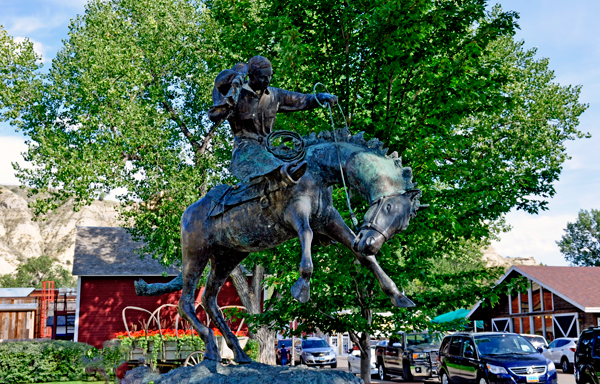
|
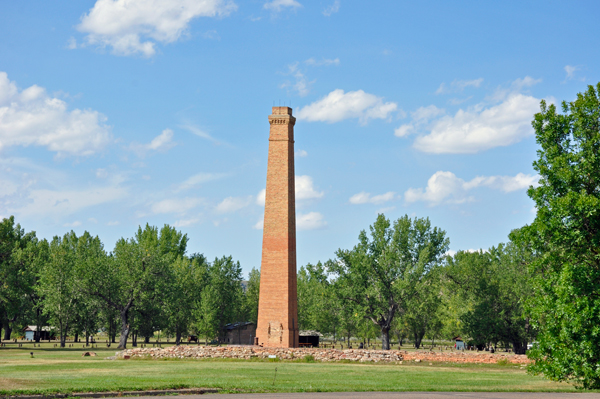
|
Below: A tribute to Marquis
de Mores - Antoine-Amédée-Marie-Vincent Manca Amat de Vallombrosa,
Marquis de Morès et de Montemaggiore (June 14, 1858 – June
9, 1896), commonly known as the Marquis de Morès. He
was a famous duelist, frontier ranch man in the Badlands of Dakota Territory
during the final years of the American Old West era, a railroad pioneer
in Vietnam, and an anti-Semitic politician in his native France. |
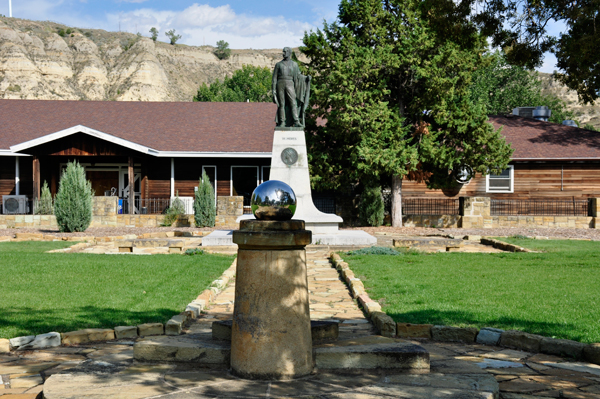
|
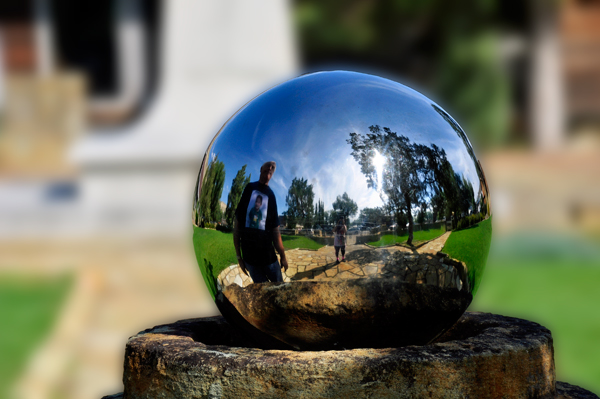
|
 Marquis
de Mores resigned from the French cavalry in 1882 and married Medora
von Hoffman, sometimes called the Marquise. Soon thereafter, they moved
to the ND Badlands to begin ranching, purchasing 44,500 acres for that
purpose. He also opened a stagecoach business. He named his simple vernacular
house in Medora, ND, the "Chateau de Mores"; it is preserved as a historic
house there. Marquis
de Mores resigned from the French cavalry in 1882 and married Medora
von Hoffman, sometimes called the Marquise. Soon thereafter, they moved
to the ND Badlands to begin ranching, purchasing 44,500 acres for that
purpose. He also opened a stagecoach business. He named his simple vernacular
house in Medora, ND, the "Chateau de Mores"; it is preserved as a historic
house there.
Marquis de Mores built a meat-packing plant in Medora, the town he
founded in 1883 and named for his wife. The purpose of the meat-packing
plant was to revolutionize the ranching industry by shipping refrigerated
meat to Chicago by railroad, thus by-passing the Chicago stockyards.
But the plant did not survive. Not long after, just as winter was settling
in on the Badlands in 1886, de Mores and his wife left Medora for good.
The short-lived reign of the Emperor of the Badlands was over. |
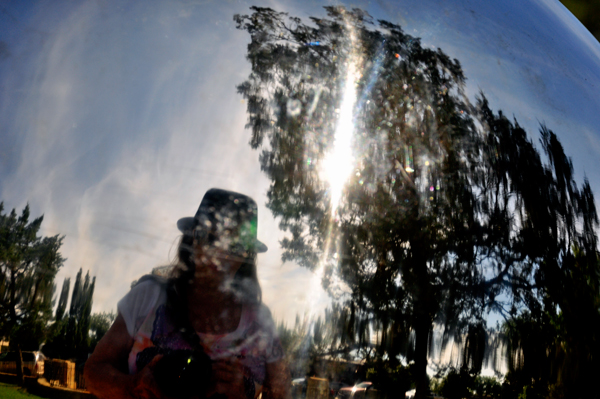
|
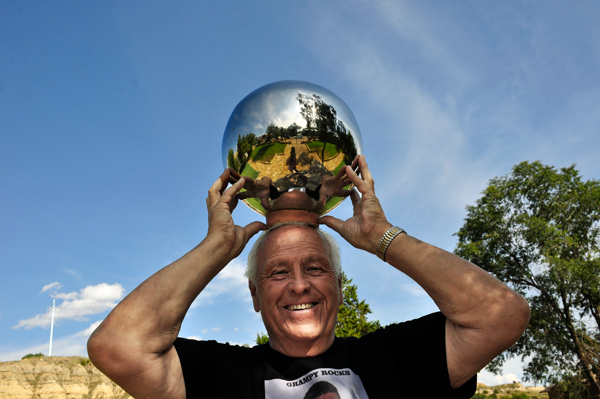
|
Below: The "Chateau de
Mores" mentioned in the paragraph above which is in the U.S. National
Register of Historic Places. The one photo below is from https://en.wikipedia.org/wiki/Chateau_de_Mores |
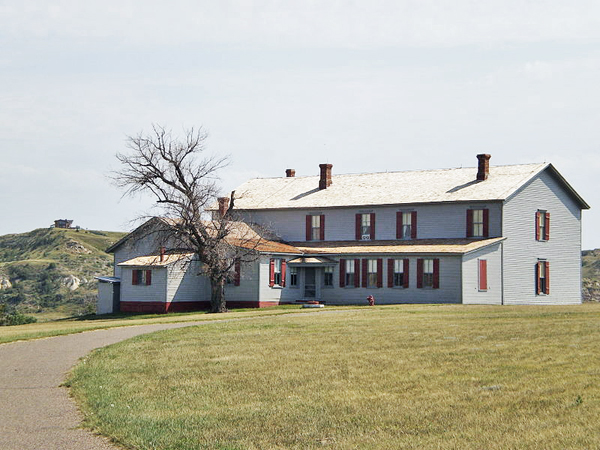 |
Below: Marquis de Mores statue |
Below; A local country singer in the
town plaza |
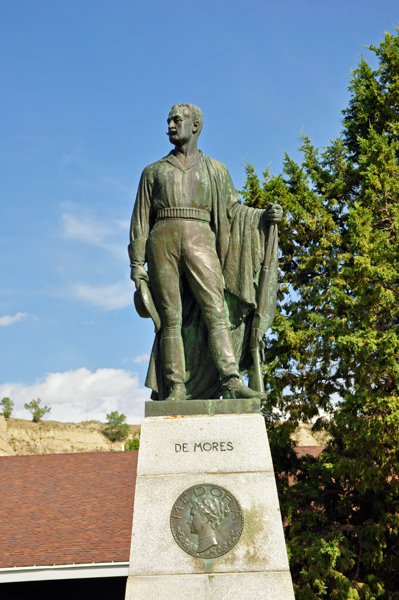
|
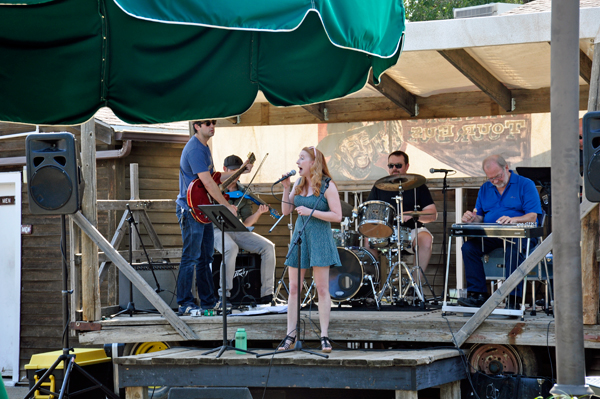
|
Below: A Big TR teddy bear in a store |
Below: Tribute to the Civilian Conservation
Corps |
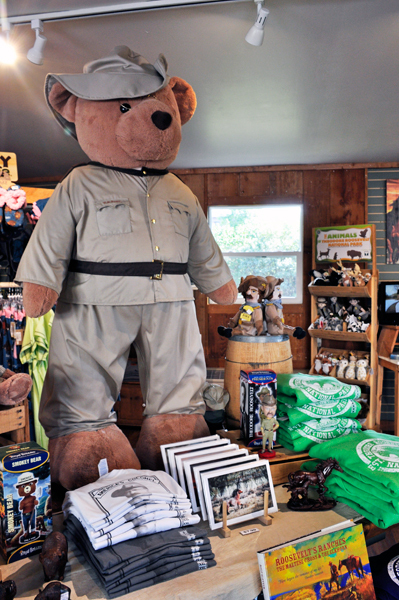
|
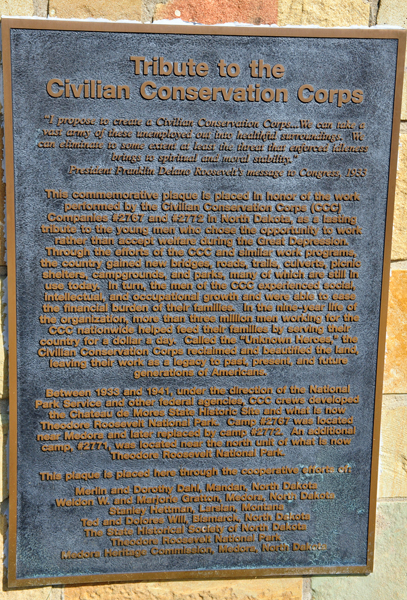
|

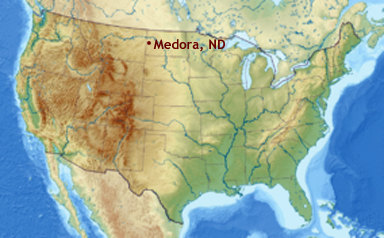
















 Marquis
de Mores resigned from the French cavalry in 1882 and married Medora
von Hoffman, sometimes called the Marquise. Soon thereafter, they moved
to the ND Badlands to begin ranching, purchasing 44,500 acres for that
purpose. He also opened a stagecoach business. He named his simple vernacular
house in Medora, ND, the "Chateau de Mores"; it is preserved as a historic
house there.
Marquis
de Mores resigned from the French cavalry in 1882 and married Medora
von Hoffman, sometimes called the Marquise. Soon thereafter, they moved
to the ND Badlands to begin ranching, purchasing 44,500 acres for that
purpose. He also opened a stagecoach business. He named his simple vernacular
house in Medora, ND, the "Chateau de Mores"; it is preserved as a historic
house there. 
































